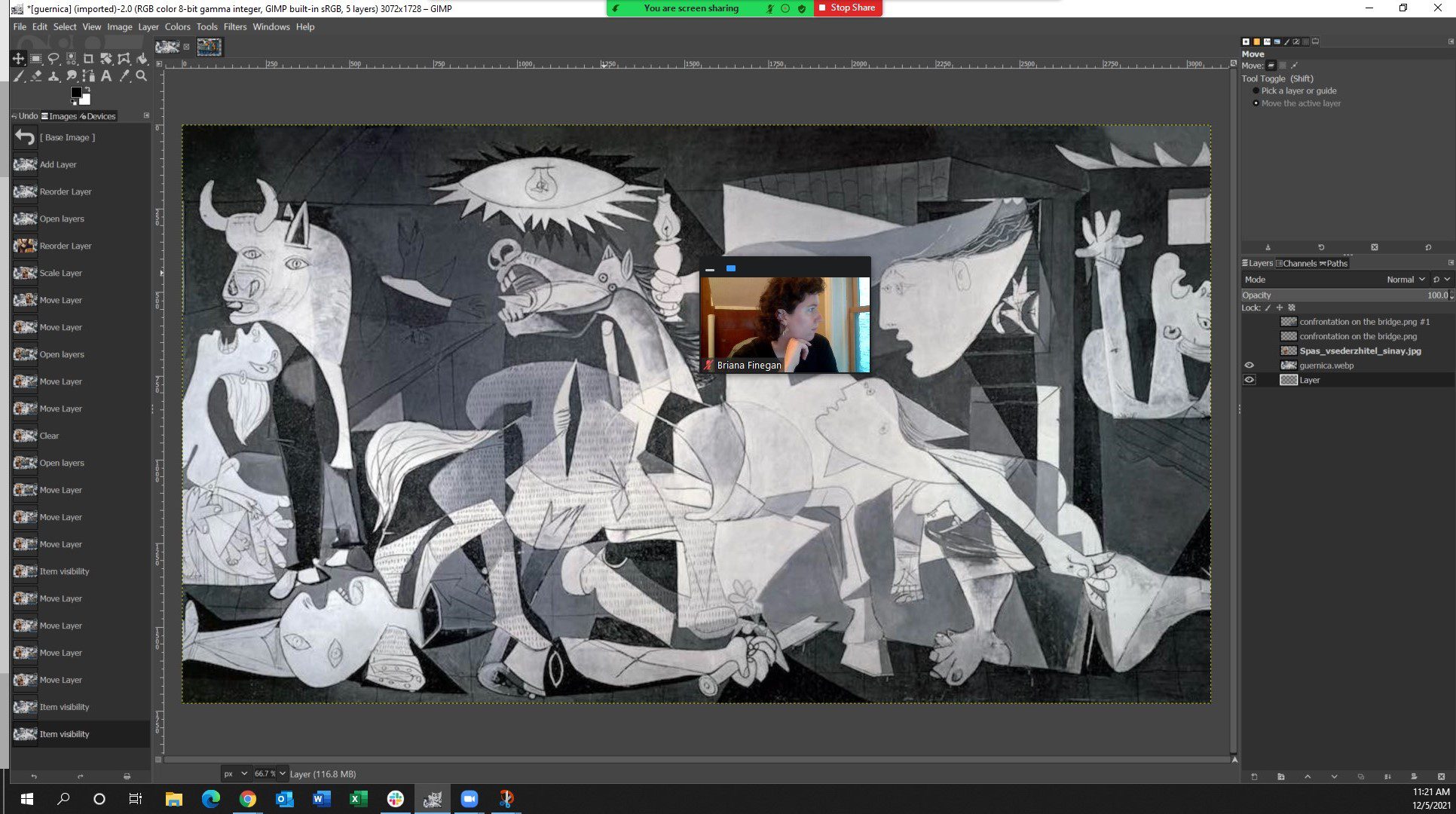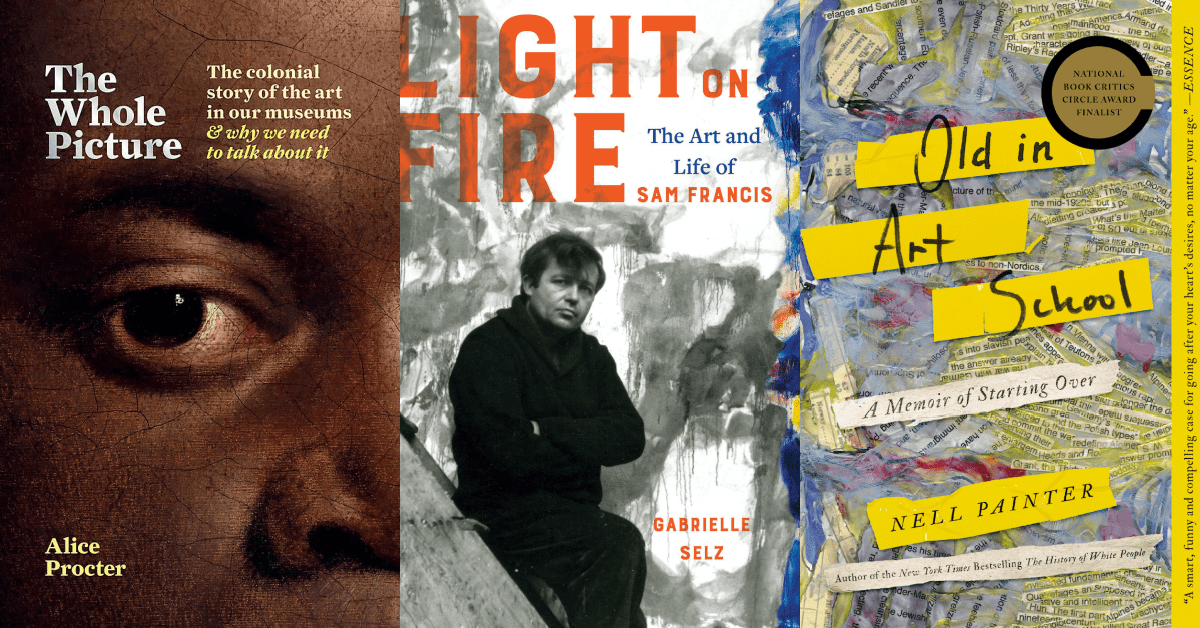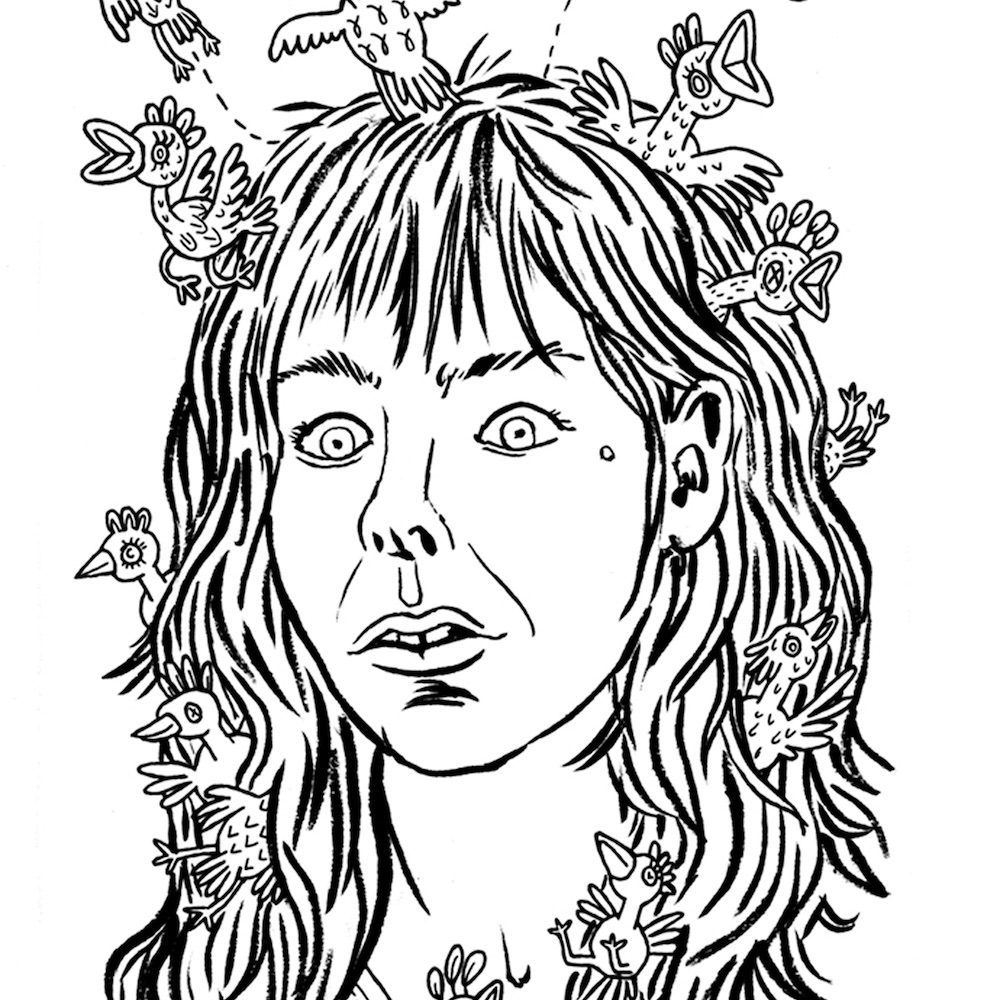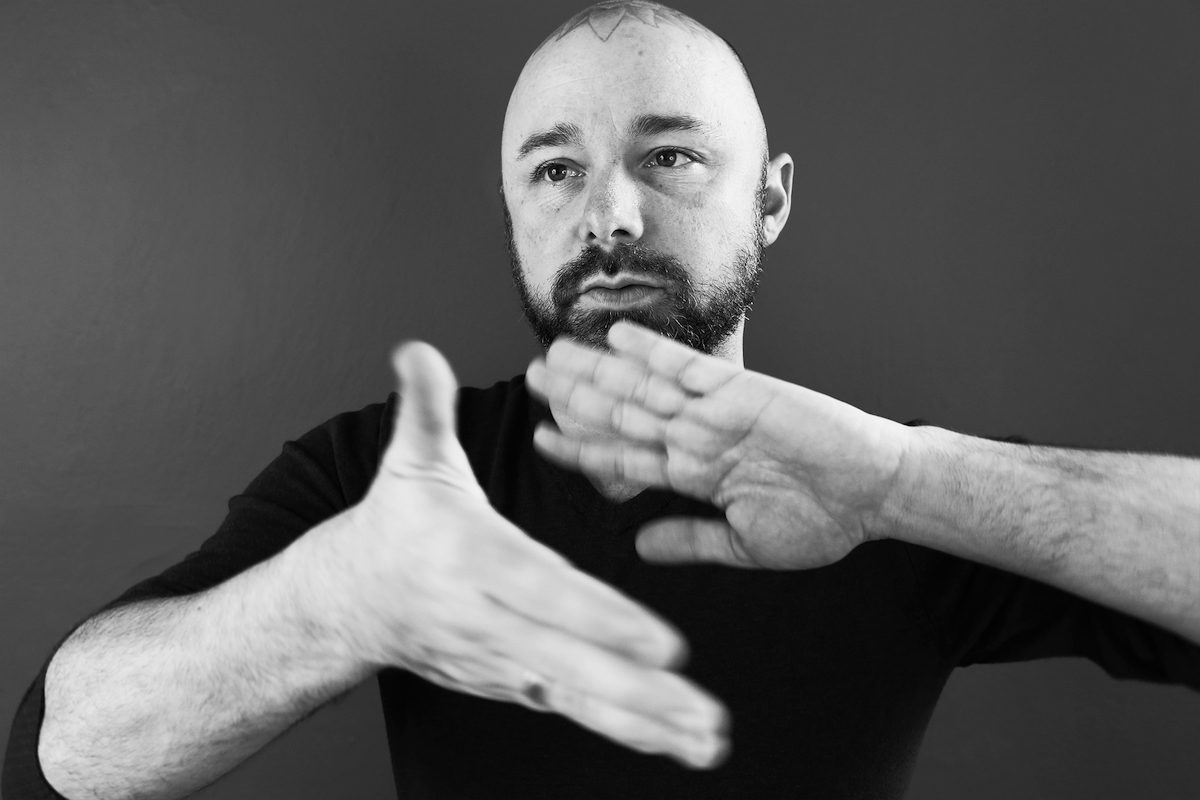
Mallards with human heads are not what I expect to see on the Upper East Side of Manhattan. But that’s what I saw. Yesterday. And I wasn’t scared, because I was at the Metropolitan Mausoleum of Art in which chamber I can rely on a warm and fuzzy fear-free look into the past, in this case back into the drawing rooms of aristocratic Victorian women.
Playing with Pictures: The Art of Victorian Photocollage is a dazzling exhibit of over fifty images that artfully mix photography with watercolor drawings including Mixed Pickles by the Countess of Yarborough, and other surreal montages by the Princess of Wales and, the apropos, Lady Filmer. But never mind the often irreverent, subversive and intelligent quality of these images. These women were only “playing.”
 It was Pablo Picasso and Georges Braque who, it is generally believed, invented the collage form, over fifty years later. Braque and Picasso stuck sand, string and hair to their canvases. But they also used papier collé, or pasted paper, such as newspaper or imitation wood-grain paper to introduce into their work the reality of everyday life. Perhaps the determining factor on who did what first boils down to who did what first in public. In which case, yes Braque and Picasso win. These women produced their work for private pleasure.
It was Pablo Picasso and Georges Braque who, it is generally believed, invented the collage form, over fifty years later. Braque and Picasso stuck sand, string and hair to their canvases. But they also used papier collé, or pasted paper, such as newspaper or imitation wood-grain paper to introduce into their work the reality of everyday life. Perhaps the determining factor on who did what first boils down to who did what first in public. In which case, yes Braque and Picasso win. These women produced their work for private pleasure.
But what’s interesting is that the work of these aristocratic antecedents of Braque and Picasso resembles less the output of the Cubists and more the playful and stygian illustrations of contemporary artists like Emmanuel Polanco and Eduardo Recife. While the images in Playing with Pictures may seem quaint and manageable, they are strikingly before their time.


***
Illustrations in order of appearance: Untitled Page from the Sackville-West Album (1867/73), Constance Sackville-West; Untitled Page from the Berkeley Album (1867/71), Georgina Berkeley; illustration by contemporary artist Eduardo Recife (bottom left); and Papier Colle, Georges Braque (1913, bottom right).




